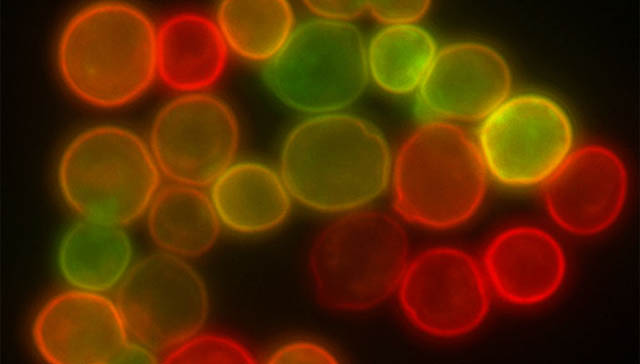
Evolving from something simple like a single celled beast into a slug, mushroom, cactus or a human seems impossibly hard. The series of precise DNA changes you need is mind-boggling to think about.
Unless, of course, the changes are easier than we imagine. For example, what if it is pretty easy to go from a single celled beast to a multi-cellular one? Or what if you can get increased complexity through easy to come by DNA changes? Then maybe it becomes easier to wrap your head around evolving complexity.
A couple of new studies in baker’s yeast are showing us just how easy it can be to build up complexity. Going from a single celled yeast into a multi-cellular one is pretty easy under the right conditions. And fairly common DNA changes can lead to increased complexity.
Taken together these two studies show us that increased complexity is easier to get than many people think. Certainly simpler than creating a 747 from a tornado in a junkyard!
I won’t have the space to deal with both studies in this blog. So I’ll talk about multicellularity in this one and then tackle the other, more complicated mutation example in my next entry.
